The number one enemy of beekeepers: Varroa destructor
Varroa (Varroa destructor) is a parasitic mite of honey bees that is prevalent in almost all other countries globally. Its detrimental effects on honey bee colonies are well known. Varroa mites reproduce in the capped brood of bees, then spread throughout the bee colony, weakening them, and transmitting viruses and diseases.
It is estimated that an infested and untreated bee colony can die within 6 months to 2 years.1 Varroa mites will also be transmitted from one hive to another via adult bees (drift, robbing) or human activity (transhumance, importation of swarms, etc.). Thus contributing to the spread of the parasite between operations and countries.
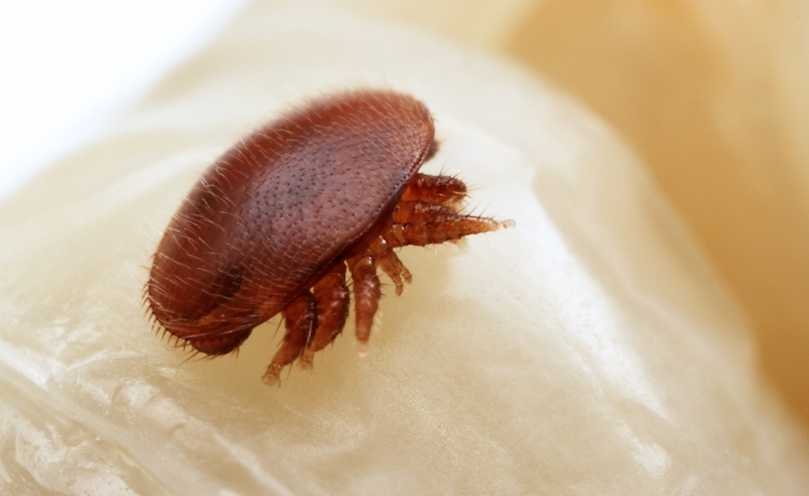
Habit is the worst enemy in the fight against varroa.
We can no longer apply the same control strategy every year with the hope of achieving the same result.
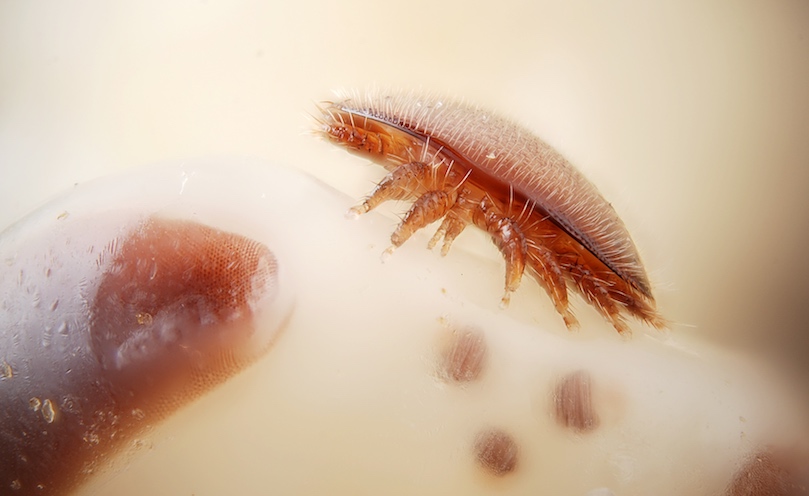
Every year is different
The main difficulty of varroa control is to adapt and re-evaluate one’s practices constantly.
The infestation does not only vary between hives and apiaries but also from one year to another. Not to mention changing climatic conditions and changing population dynamics… We can no longer apply the same control strategy every year in the hope of obtaining the same result.
Did you know?
A Varroa infestation of 3% can reduce honey production by an average of 5 kg of honey per hive and up to 13 kg per year (28 pounds).2
Integrated varroa mite management
Implementing an integrated control of this parasite is of major importance. It allows not only to control the infestation of the treated colony, but also to limit the sanitary impact on neighboring apiaries and the bee population in general.
The challenge is now to allow beekeepers to adapt treatments and control measures to each situation. This requires training for beekeepers, the availability of more effective and practical diagnostic tools, and the development of a greater number of authorized, effective and safe treatments (safe for the beekeeper, for the bees and for the products of the hive).
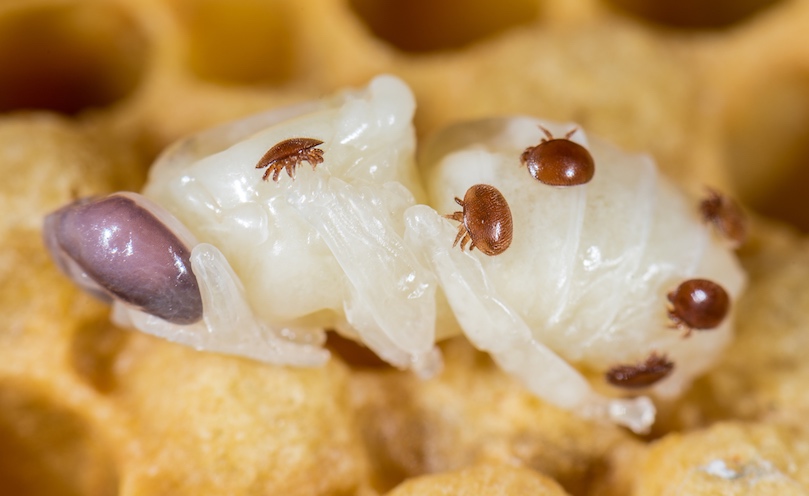
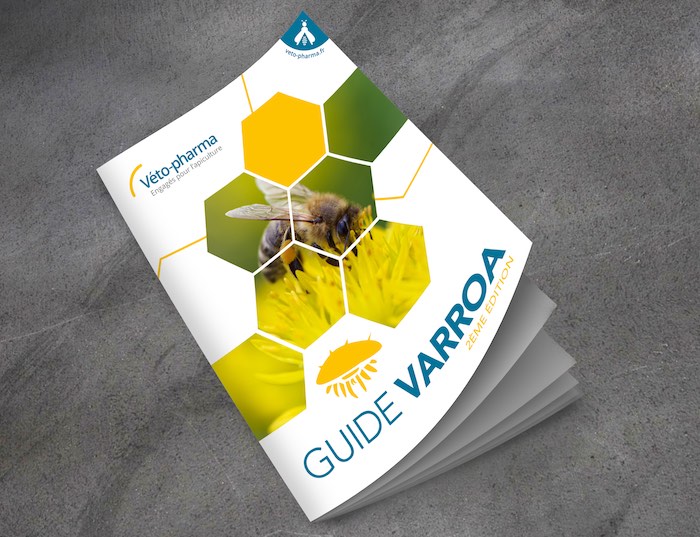
A popular guide for beekeepers summarizing all the information about varroa mites: biology, mite monitoring and treatment strategy.

Same concentration, different outcome: understanding variability in varroa mite treatments
Beyond concentration lies formulation, dosage, and bee biology for effective solutions of treatments for healthier bees.
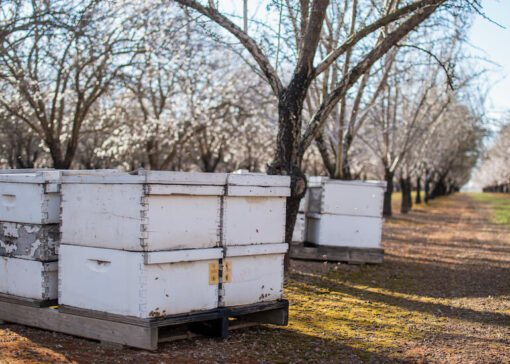
Glycerol-oxalic acid on paper towels: recent research shows no evidence of efficacy
Recent study reveals glycerol-oxalic acid paper towels offer no benefit in Varroa mite management for beekeepers.
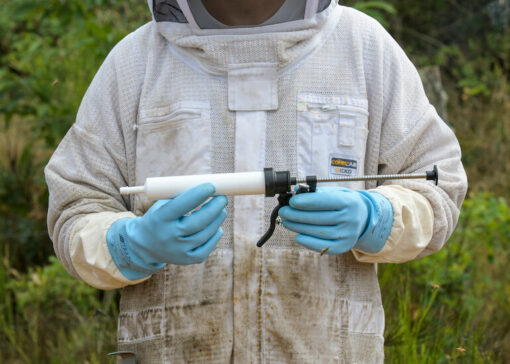
Better understand Restricted Use Pesticides (RUPs) licenses
Amiflex is currently registered as a Restricted Use Pesticide. Learn about regulations, licensing, and acquiring RUP permits.
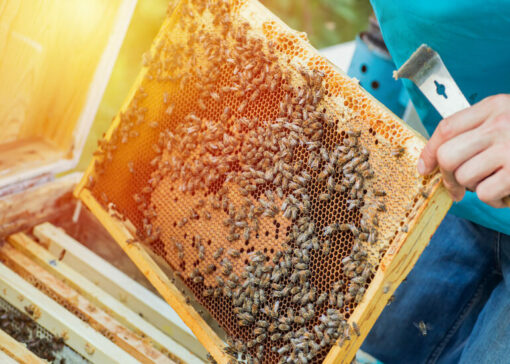
How to reduce the Impact of Residues when fighting against Varroa
Explore the impact of Varroa treatment residues on beehives and how to limit them to preserve colony health.
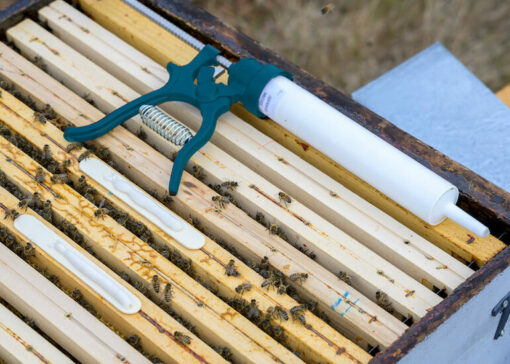
Amiflex: Ensuring Safe, Low-Residue Flash Treatments in Honey and Wax
Learn about the safety of Amiflex, an amitraz-based flash treatment for Varroa mites, with a focus on the residues found in honey and wax. Our clinical studies show how Amiflex complies with maximum residue limits.
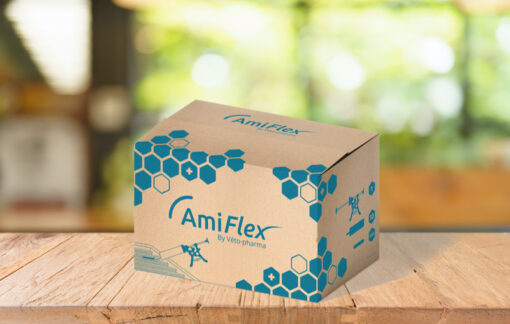
How to make the most of Amiflex?
The contents of this page are intended for the American public. The instructions for use of the miticites mentioned comply with US regulations. We have already introduced you to our new, innovative addition to your varroa toolbox: Amiflex. We know you are excited about the first amitraz-based flash treatment available in the US, and we… Continue reading How to make the most of Amiflex?
References
1- Varroa mites and honey bee health: can Varroa explain part of the colony losses?, Yves Le Conte, Marion Ellis and Wolfgang Ritter, Apidologie 41 (3) 353-363 (2010)
DOI: http://dx.doi.org/10.1051/apido/2010017
2- Maisonnasse et al, 2014 – Study carried out by INRA (France) between 2009 and 2012 on 552 hives. Average of 5kg [11lbs] (up to 13kg, or 28lbs, per year) on a lavender honeyflow.
VTP-73-EX-N02-02/22
